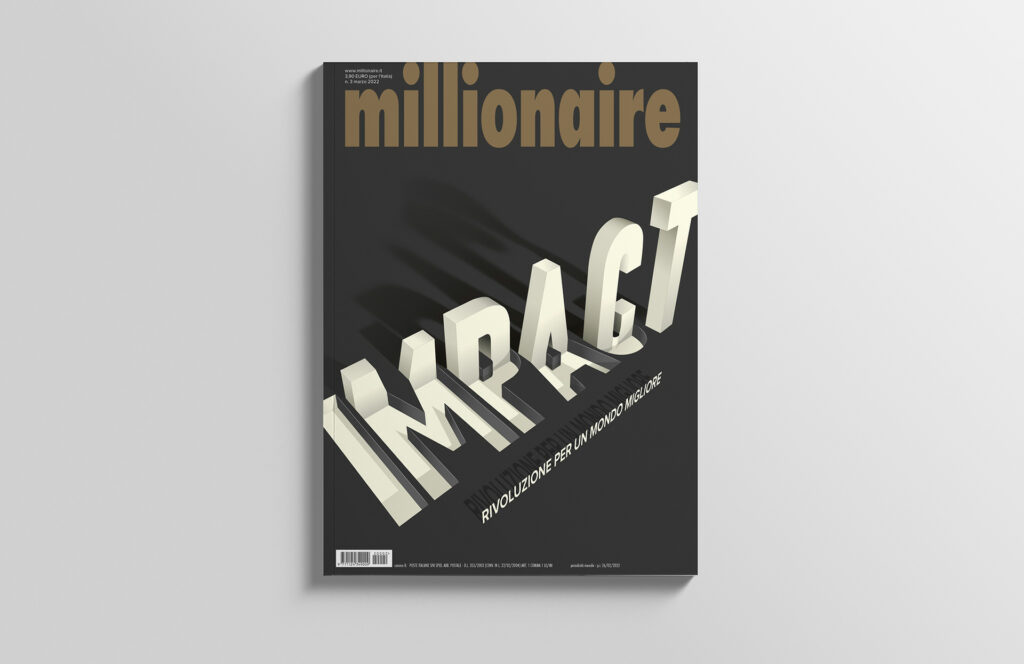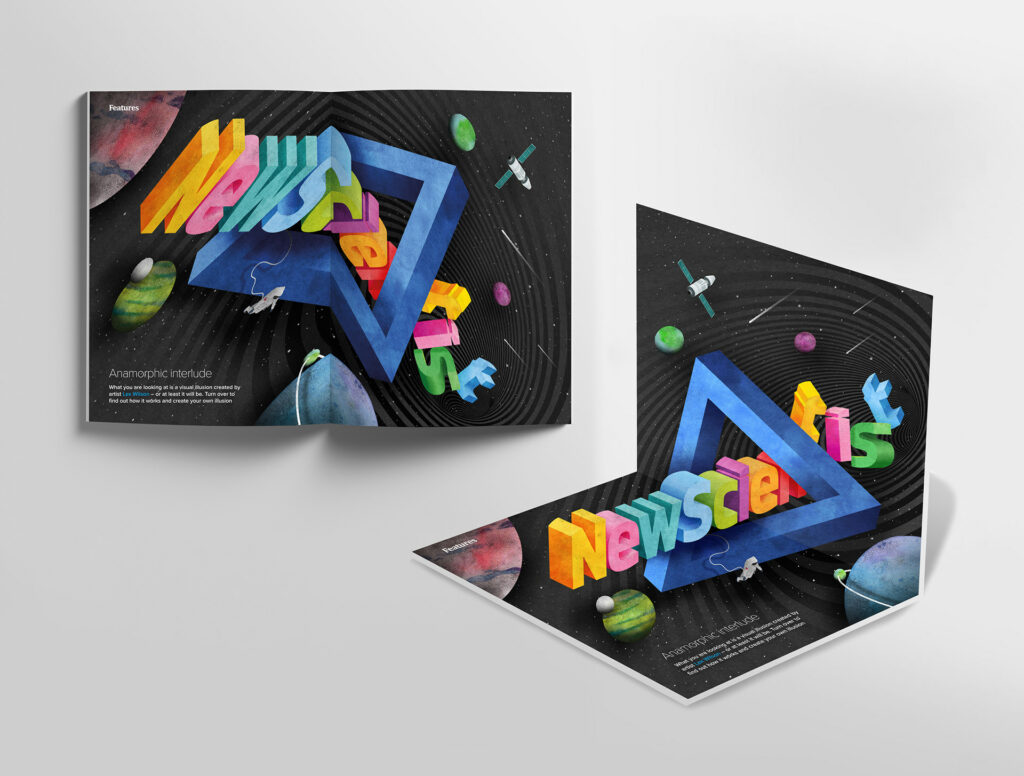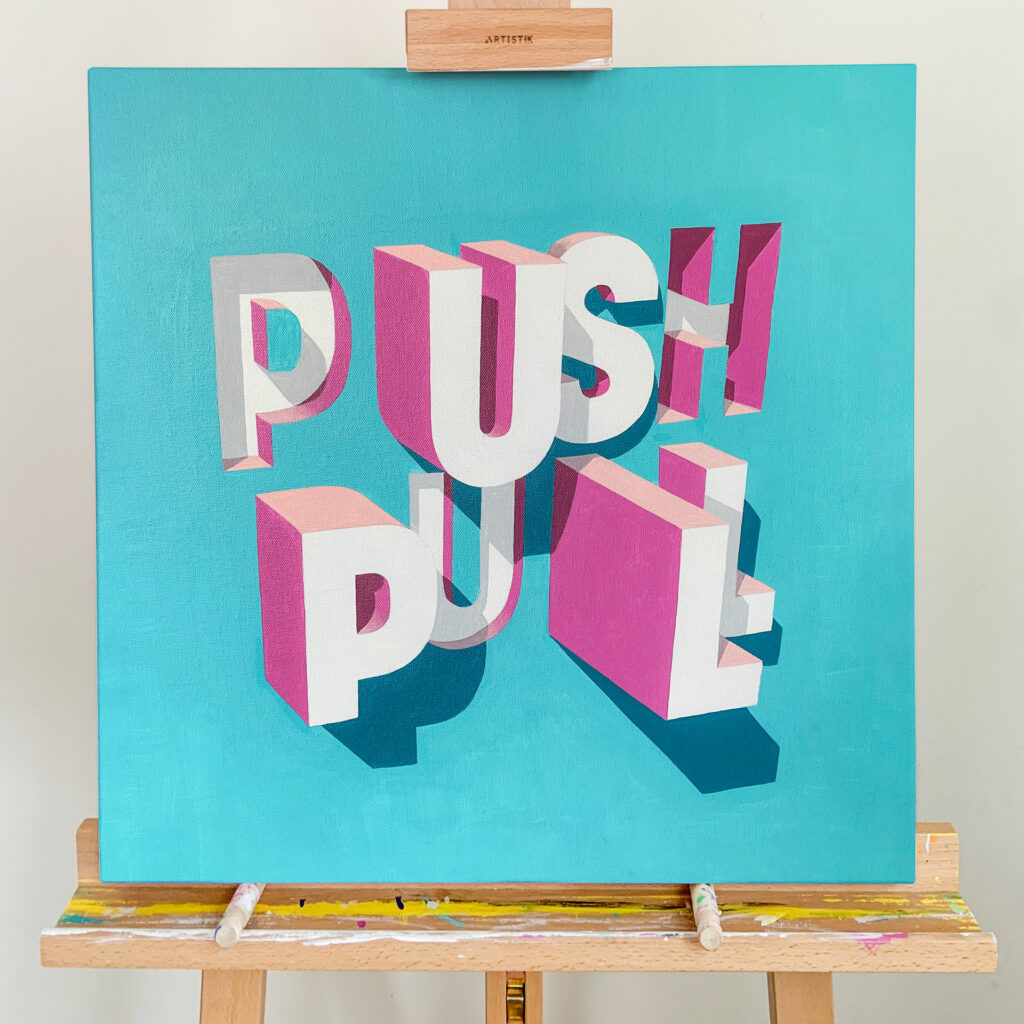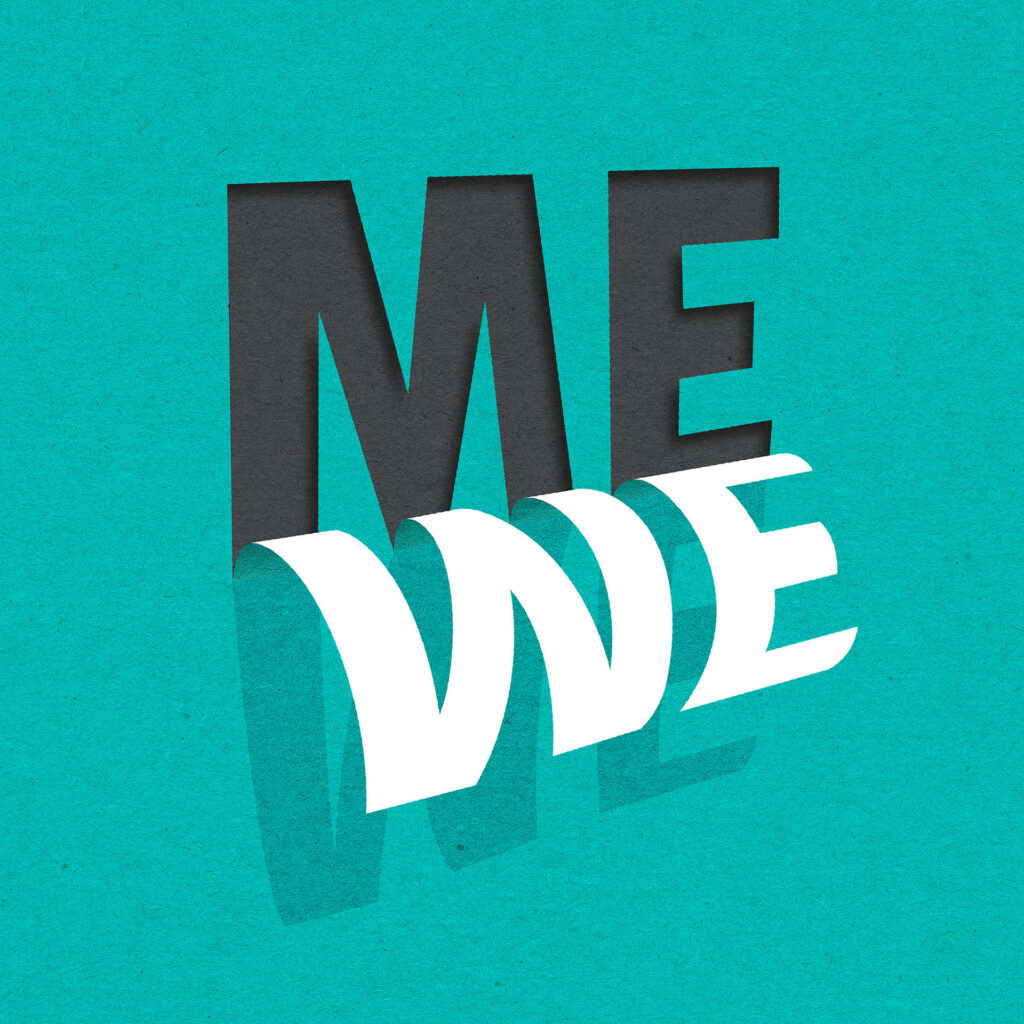29.12.2022
How to become a Chartered Designer with Lex Wilson MCSD
Want to take your design career to the next level? Becoming a CSD Chartered Designer can do just that! In this blog, we speak with MCSD Chartered Designer, Lex Wilson, to find out about his route to Chartership.
If you want to learn more about Lex and connect with him, please find him online at https://lexwilson.co.uk/ or via Instagram or YouTube.
What made you decide to become a Chartered Designer?
I’d been aware of the Society for around ten years, and a few of my colleagues from previous jobs were members, so I was curious about what membership and Chartership entailed. At the time, I was early in my career and hadn’t yet had the opportunities to produce what I felt I was capable of; I didn’t feel that my work was varied or strong enough to meet the standards the Society kept.
However, in 2012, I started a process of experimental typography outside of my corporate role. Since then, I’ve been exploring my creativity as a visual artist, working on all kinds of projects, doing a lot of interesting non-fee-paying work and sharing my process and projects on social media.

After four years of exploration, my work has led to some experimental commissions for editorial including, jobs for Nike and New Scientist. Now, I consistently secure visual art work organically, alongside my full-time employment.
Having gone through these two career parallels and reaching a level of professional maturity, I suddenly found myself at a point where I had the confidence to start my journey to Chartership.
I was also inspired by my current boss, a fellow of the CIM and CIPR. He values CPD and the pursuit of better practices within one’s profession. He asked if I had considered joining a professional body for design, and since I had, I felt it was the right time to work toward becoming a Chartered Designer.
What are the key benefits of being a Chartered Designer?
While the outcome of earning the title of Chartered Designer itself comes with recognition and kudos, I didn’t realise I would benefit from the Pathway itself.
It’s not easy to become Chartered. To achieve it, you need to complete a self-analysis against the CPSK™, which covers four core criteria: Creativity, Professionalism, Skills and Knowledge. The CPSK is a recognised framework for professional design practice and offers metric benchmarking in practice and study. It’s extensive and rigorous, so anyone familiar with the process can understand and value how tough it can be to earn the title of Chartered Designer.
Looking at my work through the lens of the CPSK framework gave me a sense of the different strands and elements that go into the craft. I don’t think you often stop and think about the knowledge and skills you’ve built up and deconstruct your process. So, undertaking the Pathway helps you to understand your decision-making process, which gives you more confidence.
Another area that surprised me when completing the Pathway was how I communicate with clients. It’s fascinating to see how you push through, champion and articulate your ideas, as it’s something that’s second nature. However, taking time to see how I communicate – what worked and didn’t has really helped me become a better designer.
Unless you stop to take time to embark on a process, like Chartership, it’s easy to get stuck in the day-to-day. It gives you self-awareness of your practice and growth, a forward-facing plan of where you are going to grow, the CPD you’ve completed and generally a sense of purpose in your career.
When recording your CPD as part of the Pathway, you’re not only asked what you took from it or how it helped others but you’re also asked to explore how it contributes to the craft of design in the real world. I found this incredibly inspiring, as it put in perspective how CPD benefits the world of design and contextualises your place in Society as a designer.
So, how can you become a Chartered Designer?
Overall, there are five stages to becoming a Chartered Designer:
- Chartered Registration
- Professional Portfolio
- Professional Review
- Chartered Ratification
- Annual Compliance
You do not need to be a member of the Society to apply for the Pathway to Chartered Designer, but CSD members do receive a discount on the application fee and exemption from certain elements of the Pathway. Once you become a Chartered Designer, you will be awarded Full Membership at MCSD level in your design specialism whilst you maintain your Chartered status.
What is the Chartered Designer Pathway like?
For my Chartership, I applied as someone in full-time employment and a freelance visual artist role. This meant that I had a wealth of experience to apply to the Pathway, including corporate project management within large teams and leading smaller, niche work.
As I mentioned earlier, the process is rigorous, and it took me around four months to complete. I would guestimate I was spending anywhere from eight to ten hours a week, but I spent any spare time I had working on it.
Going back through old emails was particularly time-consuming, as when you’re working on a project and communicating back and forth, you don’t have time to think about the process – you want to reach project completion. As part of the Pathway, I needed to read over everything, make sense of the process, find a narrative, and unpick the process to build coherent case studies that would make sense.
If you’re considering applying for a Chartership, I recommend reading the application and being mindful of what you need before activating your account. This is because there’s a time limit once you press ‘go’, so having a plan beforehand makes it feel less overwhelming and gives you more control.
However, there’s only a certain amount you can plan for. I prepared my main case studies and applied CPSK to them in advance, but I couldn’t fully prepare until I started filling in the digital form.
Overall, I would say the process taught me to take time to do retrospectives on my personal projects, we do these at work, but it wasn’t a part of my freelance work.
What’s next for you?
I’m interested in what I can give back to the Society and, ultimately, what I can give to the design discipline in general. The journey to becoming Chartered has turned my focus from what’s good for me to what’s good for the business of design. It has been said that “first you get paid for what you do, then you get paid for what you know, then you get paid for who you grow.”
In my current role, I mentor/coach eight senior and junior designers at work, which I thoroughly enjoy. Completing the Pathway is a huge boost for my career progression, and I feel that its completion has helped me in terms of influence within the business. My peers recognise that it’s something above and beyond a degree with a Royal appointment, yet it’s very practical – it has a real weight to it.
Looking for more information on becoming a Chartered Designer?
Simply download the guidelines or apply now if you’re ready to take your design career to the next level.



